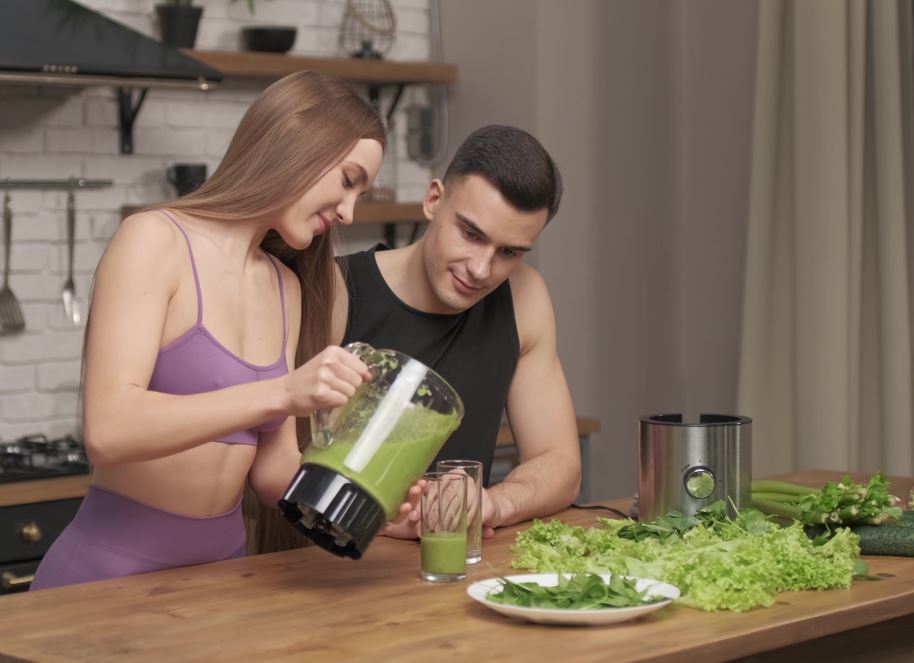
Glutathione is our body’s number one antioxidant. It fights off viruses and infection and mobilizes toxins thus reducing our body’s stress load.
It does this by protecting our cells and mitochondria (the energy producing organelle within cells) from oxidative damage, a main contributor to premature aging.
It is the body’s ultimate free radical scavenger. Free radicals are unstable molecules that travel through your body and causes damage to enzyme activity, cell proliferation and tissue health.
We are exposed to these toxins by our environment, foods and many common products. This damage contributes to inflammatory issues and our DNA can also be disrupted by these free radicals. The most notorious of these are advanced glycation end- products (AGE’s) and reactive oxygen species (ROS). These can be quashed by the free radical fighting power of glutathione.
How much glutathione do we need?
This powerful antioxidant is produced in the liver and is uniquely present in every one of our cells. It maximizes the activity of all the other antioxidants as well, including vitamins C and E and CoQ10, alpha lipoic acid and also from the veggies and fruits we eat every day.
According to Dr. Marc Hyman M.D; 0ur body’s glutathione production has not kept pace with the onslaught of the tens of thousands of industrial chemicals in today’s environment. Many of us even lack the necessary genes needed to produce the enzyme that recycles Glutathione (there is a test for this).
So, our glutathione levels overall, in probability, are insufficient.
How do we get more glutathione?
The most effective way to build your reserves is to ingest the building blocks of glutathione that are more stable through the digestive tract than the glutathione molecule itself.
The two most effective, potent precursors to build glutathione are:
1) Whey protein – quality is everything. Be mindful to choose;
- Whey has a fragile molecular structure. Use only cold processed. Heat breaks it down.
- Low in carbohydrates. Sweetened naturally, not artificially.
- Whey protein – concentrate, not protein isolates.
- Opt for medium chain triglycerides (MCTs) these are more digestible than long chain fatty acids.
- The whey comes from grass-fed cows that are not treated with pesticides or hormones.
*Of course, this is not suitable for any dairy free, dietary plan.
2) NAC (N-acetyl cysteine); This form of the amino acid cysteine, the body utilizes to make glutathione.
Foods highest in cysteine: most all red meats, chicken, clams, salmon and tilapia.
When looking to supplement your intake to further ensure adequate levels, avoiding the “reduced” form of this antioxidant is most important. The most effective forms are S-acetyl glutathione and the liposomal. Both have better absorptive success.
